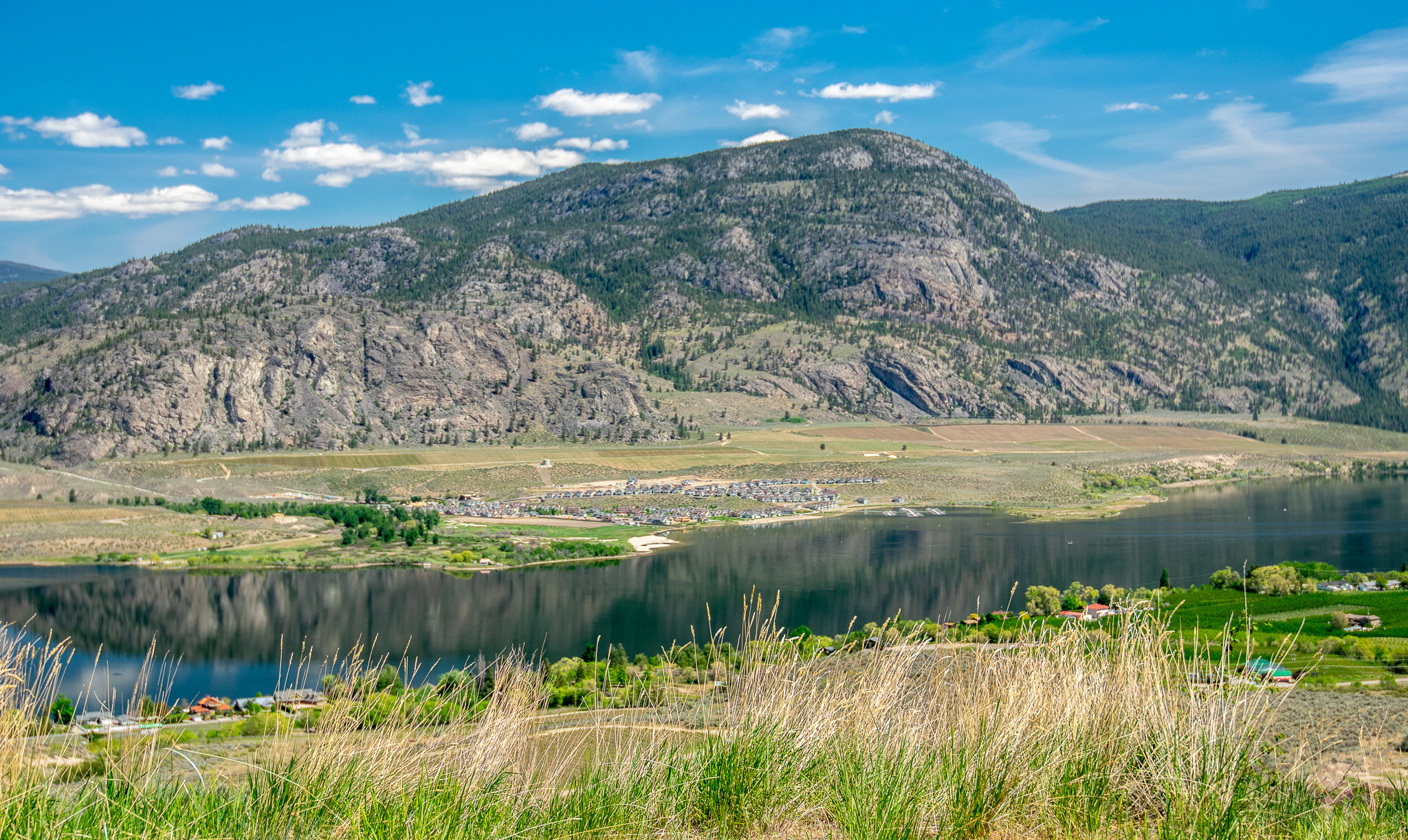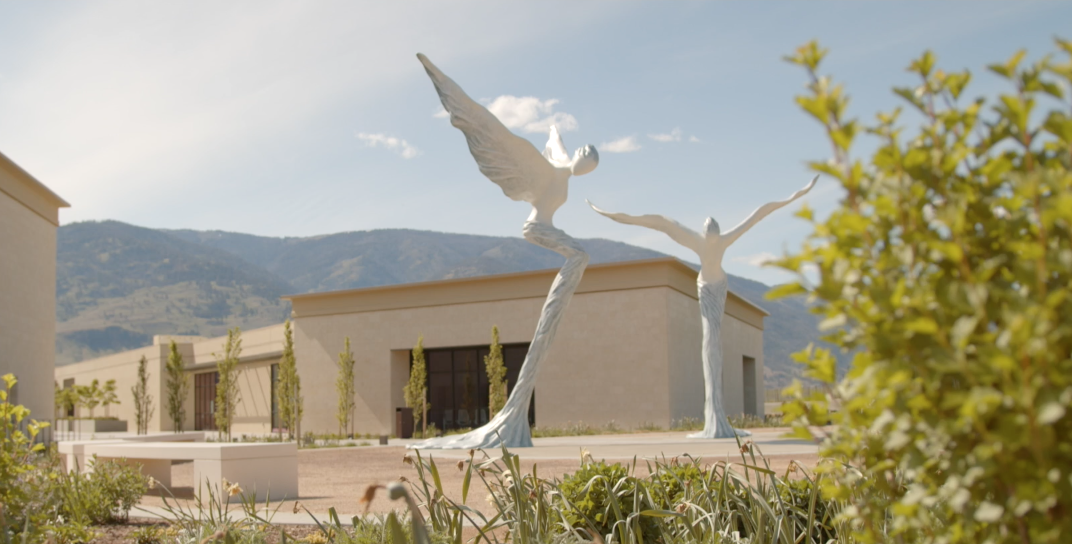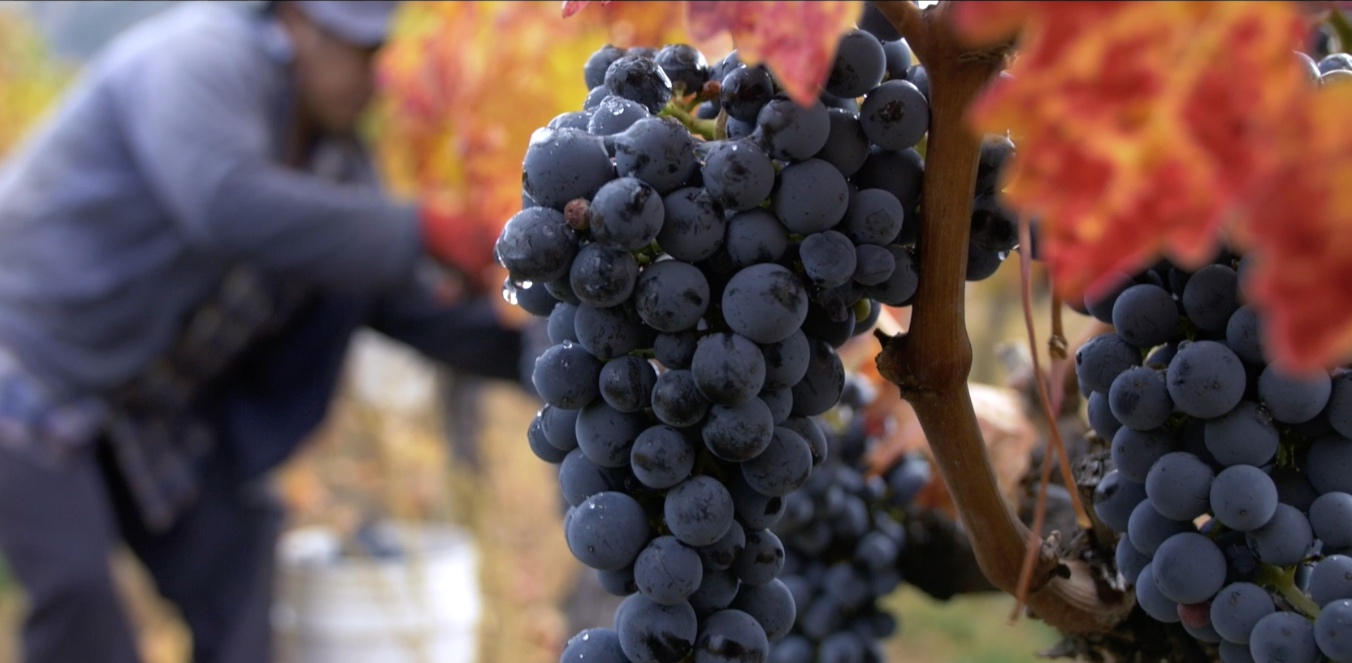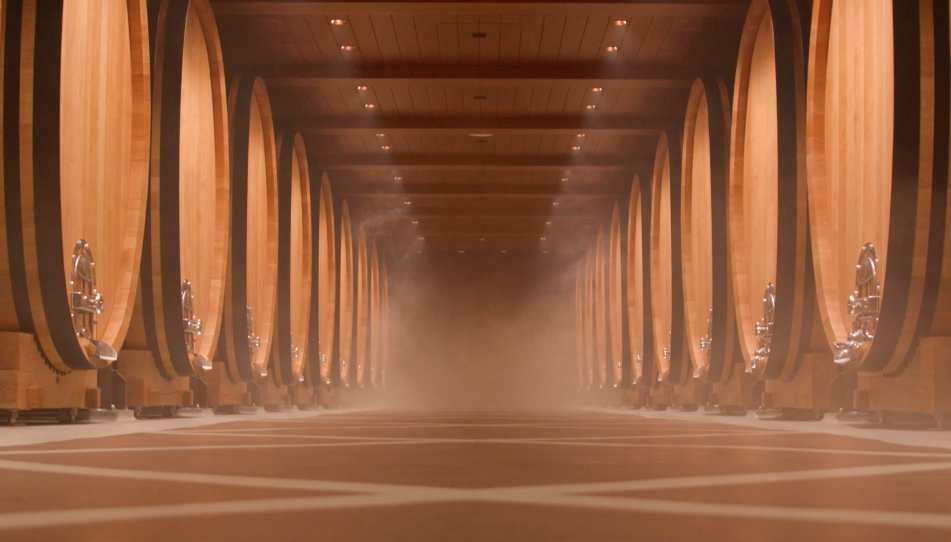Within the Okanagan Valley, there are official (and unofficial) sub-regions that help us understand the geography of the region. For example, Okanagan Falls and Naramata were recently officially approved and have been added to the list. Two of the most prominent regions in the South Okanagan are the Golden Mile Bench, located on the western side of the valley, and the Black Sage Bench opposite it. The two sub-regions may only be roughly 6 kilometers apart, but the differences in soil, climate, and sunlight hours between them result in remarkably different styles of wines. And, of course, how the Okanagan Valley was originally formed plays a large part of it.
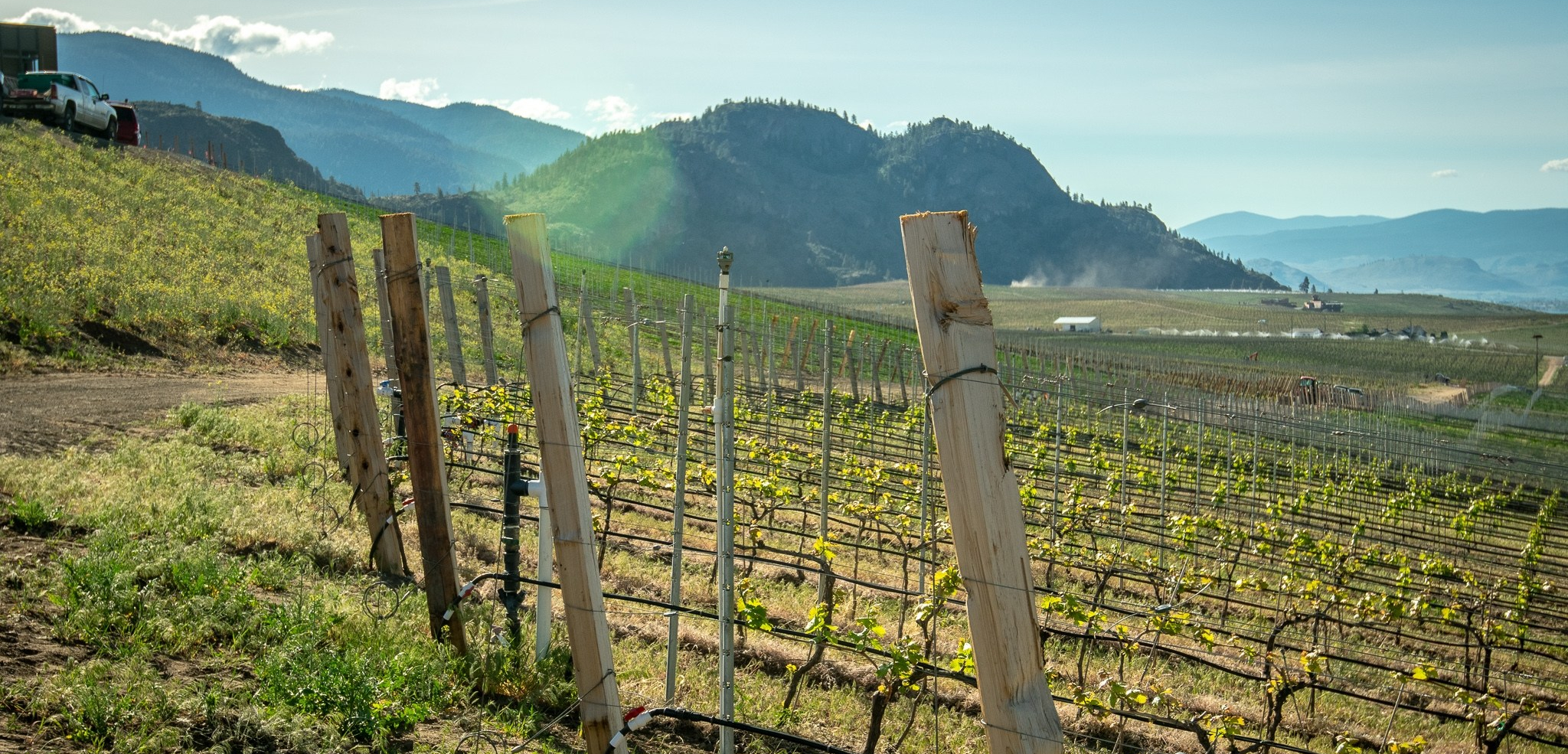
The Black Sage Bench
The Black Sage Bench is located on the east side of the Valley, with hot afternoons and long days. It’s not a surprise then, that it’s known for Bordeaux red varieties, especially Cabernet Sauvignon, as well as Syrah. With well-draining sandy soils, deficit irrigation allows us to carefully control the amount of water each vine receives, resulting in concentrated, intensely flavoured fruit. However, this often means reduced yields. For example, in 2017, Phantom Creek Vineyard produced less than 2 tonnes per acre. But the results are worth it.
Terroir
Soil: The Black Sage Bench mainly consists of sand, with small pockets of gravel. With little to no access to water outside of what is provided through deficit irrigation, vines produce less foliage and lower yields, resulting in intensely flavoured grapes.
Climate: Considered Canada’s only ‘pocket desert’ the Black Sage Bench averages around 2040 hours of sunshine per year with less than 20 centimetres of rainfall. The average temperature during the summer is 29 degree Celsius, making it warmer than the Golden Mile Bench.
Light: The Okanagan is known for getting more sunlight hours than almost any other wine region in Canada. And, as it is west facing, the Black Sage Bench receives an exceptional amount of sunlight. For example, the steep aspect of Becker Vineyard receives approximately 16 hours of sunlight in the peak of summer.
Signature Varieties: Cabernet Sauvignon, Merlot, Cabernet Franc, Syrah
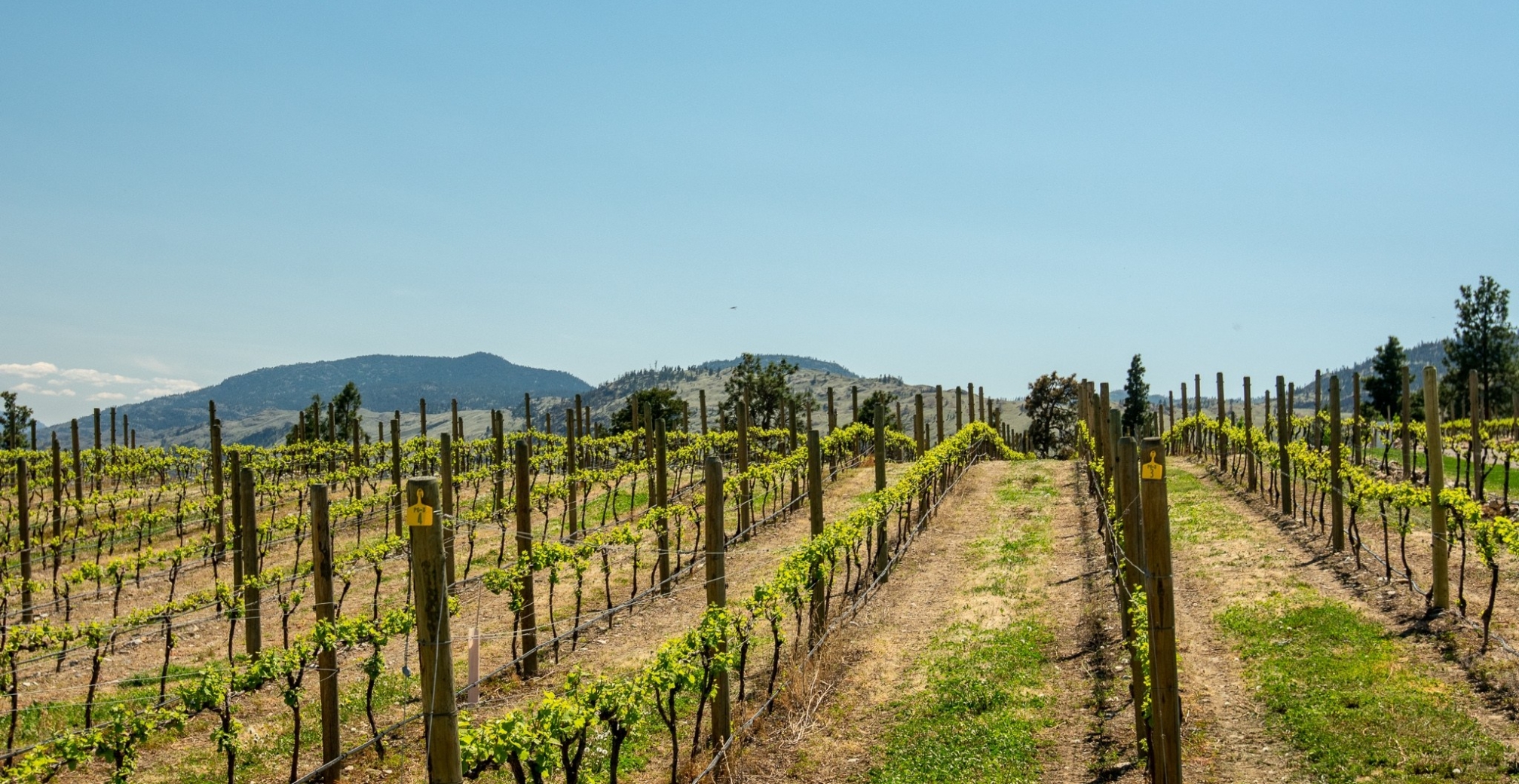
The Golden Mile Bench
On the opposite side of the valley is the Golden Mile Bench, British Columbia’s first official sub-appellation. Although nearly due west from the Black Sage Bench, the soil and climatic conditions are dramatically different. Located on the western slopes of the valley, the Golden Mile Bench perfectly captures the radiant early morning sunrise. However, Mount Kobau shades the sub-region from the extraordinary warmth of the summer’s late afternoons. This, combined with complex, gravelly soils, results in exceptional, structured wines that balance ripeness with fresh acidity.
Terroir
Soil: Gravelly Sandy Loams (rich soil made from a combination of sand, clay, and other organic materials)
Climate: Even though the Golden Mile Bench receives less sunlight hours than the Black Sage Bench, it still collects plenty of sun. This level of sun, mixed with cooler afternoons, provides the grapes with an environment to ripen fully while also retaining acidity and freshness.
Light: As the Golden Mile Bench faces East, during the summer it receives sun from the moment the sun rises to when it sets behind Mount Kobau in the evening. Though the Golden Mile Bench doesn’t receive as much sunlight as the Black Sage Bench, it receives more than enough to ripen Bordeaux red varieties like Merlot and Cabernet Franc.
Signature Varieties: Merlot, Cabernet Franc, Syrah, Chardonnay
Which Bench is Better?
There’s no right answer – it all comes down to personal preference and style. The wines from the Black Sage Bench can be rich and opulent, whereas the Golden Mile Bench produces mineral-driven, structured wines. In short, both benches have the potential to produce delicious, outstanding wines.


